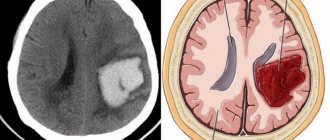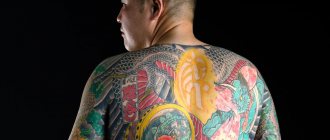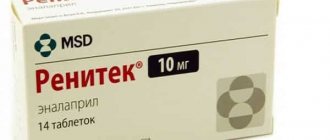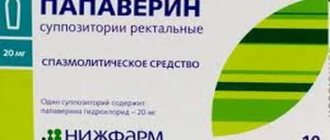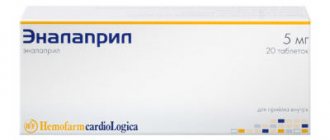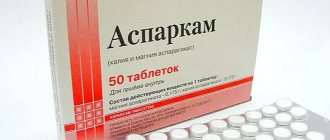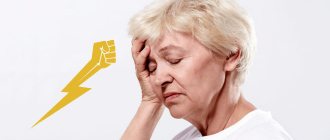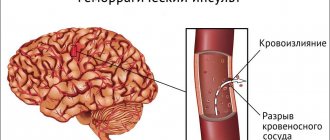Causes of stroke
Stroke is quite common in hypertensive patients and people suffering from migraine attacks.
Impaired blood supply to the brain can occur in a person, regardless of his gender and age, but some predispositions and diseases can provoke the manifestation of this disease:
- High blood pressure. Hypertension is the leading cause of stroke, since this disease provokes impaired blood circulation in the vessels, their deformation and fragility.
- Thrombosis. Thrombosis occurs when blood vessels are blocked by blood clots that prevent normal blood flow in the body.
- Cardiovascular diseases. Heart diseases can present with a variety of symptoms, and their long-term development has a detrimental effect on the circulatory system.
- Diabetes. People with diabetes are several times more likely to have a stroke (diabetics often suffer from atherosclerosis, and water imbalance negatively affects blood density).
What blood pressure should be after a stroke?
The optimal blood pressure level is considered to be the standard range of values: from 90/60 mm Hg. Art. up to 120/80 mm Hg. Art. Numbers that are too high or too low equally increase the likelihood of developing another brain stroke (3).
However, immediately after a stroke, most patients have elevated blood pressure and this is considered normal and an indicator of a good prognosis. This is how our body tries to improve blood supply to the brain. Therefore, doctors are in no hurry to reduce blood pressure to normal levels, but simply try to prevent severe hypertension (more than 160/100 mm Hg). Usually, blood pressure normalizes on its own within several days or weeks after a brain stroke.
If, after stabilization of the patient's condition, high blood pressure values remain, he is prescribed drugs to treat arterial hypertension. They must be taken for life to prevent stroke and myocardial infarction.
Low readings immediately after an attack are considered an unfavorable sign. With hypotension, blood movement through all vessels, including cerebral vessels, is slow, which means there is a risk of increasing the area of necrosis. Also, insufficient blood supply to the brain slows down the rate of its recovery.
Pulse pressure indicators are of great importance - the difference between the upper and lower. Normally it should be 40-60 mmHg. Art. At higher values in older people, the risk of stroke and myocardial infarction increases significantly. A particularly clear pattern between these two values is observed in men.
Nighttime low blood pressure after stroke (noctural hypotension) occurs in 42% of patients (2). However, in practice it is rarely diagnosed due to the need for an atypical study - 24-hour blood pressure monitoring. Small changes in readings during noctural hypotension are not dangerous. But significant changes in blood pressure can lead to a deficiency of cerebral circulation - a provoking factor of ischemic stroke.
High blood pressure and stroke
Anyone suffering from high blood pressure needs to pay more attention to their condition, since hypertension increases the likelihood of a stroke. There is no need to let hypertension take its course and put off treatment “for later.” With high blood pressure, the blood vessels narrow greatly and blood pressure increases. There is a colossal load on the heart, and the walls of blood vessels begin to collapse. A blockage may occur, in which the vessel also loses its elasticity and becomes fragile.
People who suffer from hypertension are 4-6 times more susceptible to stroke, and in addition, the severity of this pathology increases many times over in chronic hypertensive patients
Stroke and low blood pressure
Compared to hypertension, the topics of stroke and low blood pressure are less well known, however, hypotensive patients also have good reason to worry about the need for treatment. With low blood pressure, a person feels tired and lethargic. The brain does not receive enough oxygen and its tissues suffer from hypoxia. In moments of stress or other reasons, a hypotensive person’s blood pressure may rise to a level that would be within normal limits for a healthy person, but for him this sharp jump will cause symptoms of a hypertensive crisis.
A stroke with low blood pressure is scary because it does not cause such obvious symptoms, compared to a stroke with high blood pressure. With it, a person may quickly not seek medical help, and then have quite serious complications.
Pathogenesis and manifestations of the disease
A stroke is a disruption of blood circulation in a specific area of the brain. Due to changes in blood flow, organ malfunction occurs. There are several types of apoplexy:
- Hemorrhagic stroke is a rupture of a large vessel with effusion into one of the membranes of the brain. It is more common than other species. Blood fills the part of the brain in which the rupture occurred, a blood clot forms at the site, and swelling occurs. Enlargement of the department and meninges leads to compression of nearby departments, and the functioning of the brain is disrupted.
- Ischemic stroke is a cessation of blood supply to the brain and meninges as a result of blockage of the bloodstream by a thrombus. The brain does not receive the necessary nutrients and oxygen, and necrosis of the area occurs.
- A microstroke is a short-term disruption of the blood circulation in the brain that does not have serious consequences.
- Spinal stroke is a pathological change in blood flow in the spinal cord.
The cause of the pathology is vascular disorders. Blood supplies nutrition and oxygen, without which full functioning is impossible. The brain reacts more acutely than other organs of the human body to cessation of nutrition. The absence of oxygen for 3-4 minutes leads to hypoxia.
The cause of hemorrhagic stroke is increased blood pressure. An increase in the volume of circulating blood causes increased pressure on the vessel - it ruptures. Blood pours into the meninges, forming a thick clot that affects the functioning of the organ. The patient’s condition and the manifestations of the disease depend on the degree of damage and the size of the ruptured vessel. Often leads to death.
See also Causes of high blood pressure in teenagers
Ischemic stroke occurs due to a lack of blood flow to the brain. The cause is thromboembolism due to a ruptured vessel as a result of high blood pressure. The patient's condition is serious, dangerous due to the appearance of a dead part of the brain, and coma ensues.
Causes of stroke:
- hypertonic disease;
- vascular atherosclerosis;
- cardiac ischemia;
- cardiac arrhythmia;
- diabetes.
All vascular pathologies are possible prerequisites for stroke. Patients with such diagnoses are at risk.
Symptomatic manifestations depend on the severity of the lesion. With excessive hemorrhage, the patient loses consciousness, breathing is impaired, and convulsions are possible. The pupils are constricted, there is no pain sensitivity, spontaneous urination and defecation.
The first signs of cerebrovascular accident:
- confusion;
- incoherent speech;
- gait disturbance;
- numbness of one side of the face, torso, upper or lower limb;
- headache, dizziness.
Blood pressure may decrease or remain elevated after a stroke. Rapid breathing, shortness of breath, tachycardia.
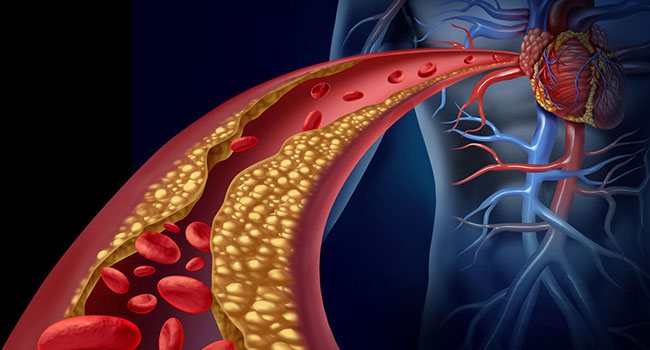
Vascular atherosclerosis
Can a stroke occur with normal blood pressure?
A stroke is a disruption of the blood supply to the brain, and it can be caused not only by changes in blood pressure. People with normal blood pressure, obesity and insomnia are also at risk. Vascular health is affected by bad habits such as smoking and alcohol, which increase the likelihood of stroke even in people with normal blood pressure. With a sedentary lifestyle, poor diet (consuming very salty and fatty foods), harmful cholesterol is deposited on the walls of blood vessels, which over the years clogs the blood vessels so much with fat that blood flow through them begins to flow poorly. The modern way of life, various stresses and nervousness also contribute to sudden changes in blood pressure in a healthy person.
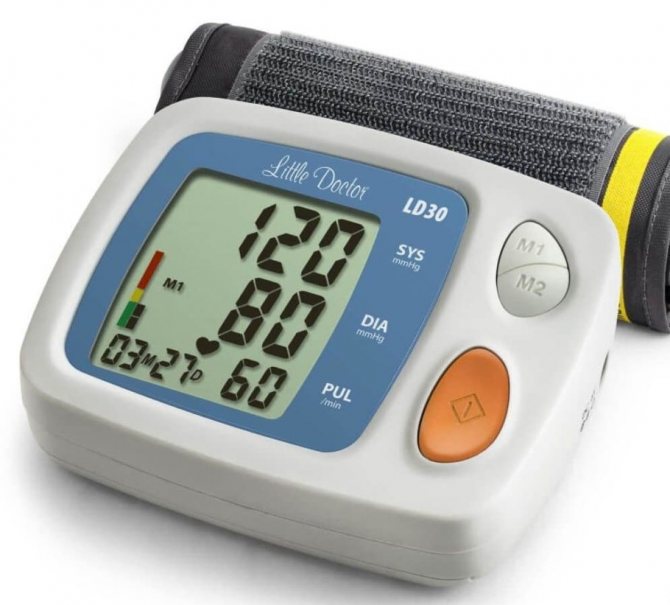
It may be that blood pressure does not increase during a stroke
Video on the topic
10 facts you need to know about brain stroke:
Blood pressure and stroke are directly related. Both high and low tonometer readings can be harbingers of cerebral hemorrhage. Many believe that hypotensive patients are not at risk of such a diagnosis, but with a sharp drop in pressure, a stroke may well occur.
The information on the MyMedNews.ru website is for reference and general information, collected from publicly available sources and cannot serve as a basis for making a decision on the use of medications in the course of treatment.
MyMedNews.ru
And we also have
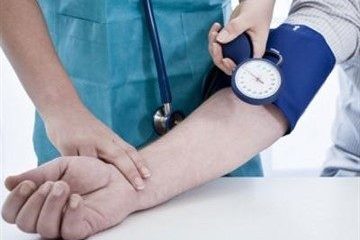
What does diastolic (lower) pressure in a person mean and what is responsible for?

Pressure during stroke
A stroke can occur at any pressure:
- high;
- low;
- normal
The cause of a stroke is not the mere presence of chronic hypotension or hypertension in a person, but sudden changes of 10–40 units from its usual pressure and subsequent problems with blood circulation. These changes are often facilitated by strong changes in the weather (when the air temperature changes sharply, which has happened quite often in recent years).
In hot weather, our body sweats a lot and loses fluid (then the blood thickens even in a healthy person).
It is important to pay attention to the possibility of a micro-stroke as the first and mildest stage. During it, the blood flow to the brain is briefly disrupted and only small vessels are destroyed. The body eliminates this slight oxygen starvation of the brain on its own, but it should not be ignored. During a micro-stroke, the symptoms are very minor, and the patient often endures them on his feet, not realizing that even a minor failure can lead to serious consequences. If a patient has a “minor” stroke that lasts more than 24 hours, then the doctor diagnoses the presence of a stroke.
Prevention
Primary prevention of hemorrhage involves identifying the patient's risk factors. If they are unchangeable, you need to undergo a detailed examination. If the causes are modifiable, then they can usually be corrected by changing lifestyle and taking medications.

After suffering a stroke, the patient should be observed by a doctor. Secondary prevention involves control of blood pressure, blood cholesterol and the functioning of the coagulation system.
Prevention of hemorrhagic stroke
After a hemorrhagic stroke, the patient needs constant monitoring of blood pressure, ECG, and examination of the fundus vessels. Repeated tomography is required to monitor the state of cerebral hemodynamics.
To restore brain function and prevent the spread of damage, the following medications may be indicated:
- neurotrophic drugs;
- means for improving cerebral circulation;
- antidepressants;
- ACE inhibitors;
- diuretics.
Sometimes medications are supplemented with surgical treatment.
Hemorrhagic stroke and consequences
With a hemorrhagic stroke, the risk of death will be higher than with an ischemic stroke. Many of the survivors become disabled. The severity of the lesion is determined by its location, blood volume and time of initiation of therapy. A major stroke can cause death in the first day. With a less serious lesion, a person may lose the ability to move normally, speak, and swallow. The thought process may be disrupted. The likelihood of serious consequences becomes lower if therapy is started within a few hours.
Treatment with folk remedies
Traditional methods are an additional treatment measure. They must be approved by a doctor. Mostly herbs are used. A tincture based on marina root is often recommended for patients.
Herbal tea
The following recipes are useful:
- A piece of mummy is diluted in two tablespoons of boiled water.
- You can make oil from bay leaves. Pour three tablespoons of crushed raw material into a glass of sunflower oil, let it brew for a week and strain. The product is applied to paralyzed areas twice a day.
- Mix 50 grams of mistletoe and Japanese sophora and pour 0.5 liters of vodka. The product should be left for a month in a dark place, shaking the jar periodically. Take the medicine twice a day, 2 teaspoons. The course is 20 days. Then you need to take a break of 15 days and repeat the treatment.
